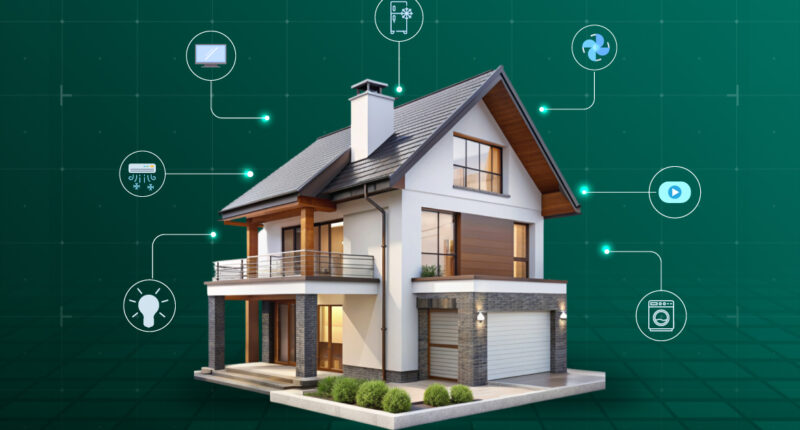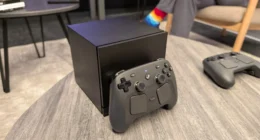How to Choose the Best Smart Home Devices for You
Smart home technology is no longer just a luxury—it has become a practical way to simplify daily routines, enhance security, and save energy. With so many options on the market, choosing the right devices can feel overwhelming. The good news is that by focusing on compatibility, functionality, and lifestyle needs, you can build a smart home setup that works perfectly for you.
Identify Your Smart Home Goals
Convenience and Comfort
If your main goal is hands-free control, start with devices like voice assistants, smart plugs, and smart lighting. These gadgets make daily tasks easier and create a more comfortable living space.
Security and Peace of Mind
For homeowners or students living away from family, smart cameras, locks, and doorbells provide reassurance. Real-time alerts and remote monitoring help you feel safer whether you’re home or away.
Energy Savings
If lowering utility bills is your priority, focus on smart thermostats, LED bulbs, and energy monitors. These devices adjust automatically to reduce waste while keeping you comfortable.
Check Device Compatibility
Voice Assistant Ecosystem
Most smart home devices work within an ecosystem like Amazon Alexa, Google Assistant, or Apple HomeKit. Before buying, decide which ecosystem you prefer so that all your devices can be controlled seamlessly from one platform.
Multi-Device Integration
Look for devices that can connect with one another. For example, a motion sensor can trigger your smart lights, or a smart lock can signal your thermostat to adjust when you leave home.
Focus on Ease of Use
User-Friendly Apps
Choose devices with intuitive mobile apps that let you manage settings, schedules, and automation easily. Good apps make smart technology more enjoyable and reduce the learning curve.
Simple Installation
Some devices, like smart plugs or bulbs, are plug-and-play, while others require professional installation. Decide how much time and effort you want to spend setting up your smart home.
Prioritize Security and Privacy
Data Protection
Smart devices are connected to the internet, so data security is essential. Always buy from trusted brands that offer regular software updates and strong encryption.
Account Protection
Enable two-factor authentication (2FA) on your smart home apps to prevent unauthorized access.
Budget Wisely
Start Small, Expand Later
You don’t need to buy everything at once. Begin with one or two essentials—like a smart speaker and a smart bulb—then gradually expand your setup.
Value for Money
Look for devices that balance price with functionality. Sometimes, a slightly more expensive brand offers better long-term reliability and support.
Conclusion
Choosing the best smart home devices comes down to understanding your needs, ensuring compatibility, and prioritizing ease of use and security. Start small, build gradually, and focus on products that genuinely improve your lifestyle. With the right devices, your smart home can provide comfort, safety, and efficiency—making everyday life simpler and smarter.






